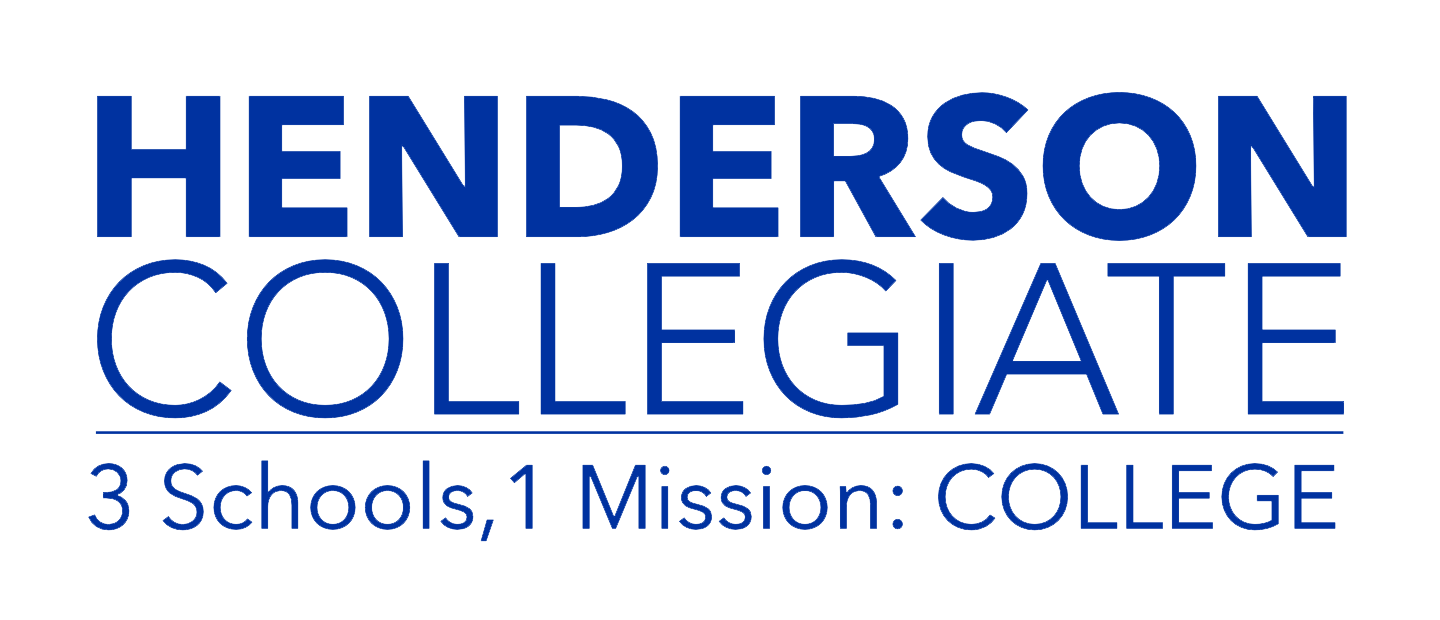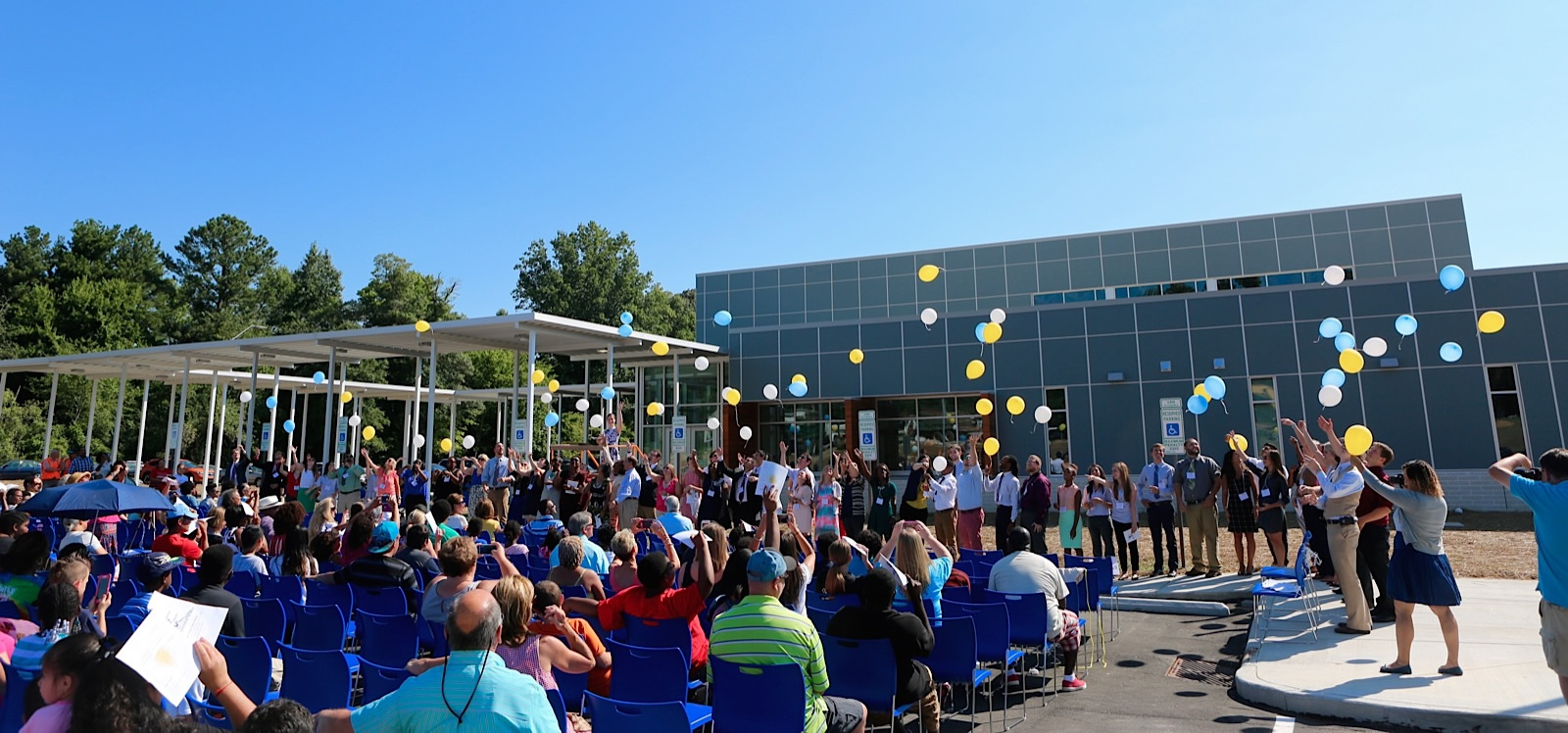Test scores for the two charter schools in Vance County are lower than last year, but both schools exceeded growth expectations and earned high student proficiency percentages in math and reading.
The state’s new READY Accountability model, which sets higher testing standards in all subjects, resulted in lower scores in school districts across the state, including Vance County.
At an education summit for the county last week, Vance Charter principal Sean Connolly said his school’s scores this year fell dramatically but they still performed higher than the state in most areas.
At Vance Charter, 57.7 percent of students achieved proficiency, compared to the state average of 44.7 percent.
In reading, 53 percent of all students achieved proficiency, compared to the state average of 43.9 percent.
In math, 55.9 percent of all students achieved proficiency, compared to the state of average of 42.3 percent.
In science, 70 percent of students were proficient, compared to 52.2 at the state level.
Vance Charter, which opened in 1999, offers kindergarten through eighth grade.
Anne Bunch, a member of the board of directors, said parental involvement at Vance Charter is a large component of student success.
“If the parents think what you are doing is important and they are on board with what you are doing, they will transmit that to the child,” she said.
Bunch said early intervention and small classes also contribute to high student achievement at the school.
Connolly wrote in an email that his school began revising the curriculum to teach the new Common Core standards three years early, during the 2010-2011 school year. The Common Core was implemented this school year.
“We will be using our in-depth curriculum review process to make sure each of the standards is taught, and as we find any omissions or repetitions, we will revise the curriculum to correct those issues,” Connolly wrote in the email. “As teachers and students become more and more familiar with the new curriculum, results and performance should improve.
“One of the bigger issues that occurred with the change of standards this year is that the sequence in which some concepts are taught is different, which means some students were tested in material that they were not exposed to in earlier grades before those changes took place. Our teachers did a great job trying to fill all the gaps but it was impossible to cover them all in the first year of delivering the new curriculum.”
Henderson Collegiate also exceeded growth expectations.
In reading, 29 percent of fourth-graders were proficient, 35 percent of fifth-graders were proficient and 53.8 percent of sixth-graders were proficient.
In math, 41.5 percent of fourth-graders were proficient, 66.7 percent of fifth-graders were proficient and 50.5 percent of sixth-graders were proficient.
In science, 73.1 percent of fifth-graders were proficient.
Caitlin Dietrich, the school’s development director, said Henderson Collegiate is working to prepare students for the new tests with a greater focus on critical thinking skills.
She said the new test questions ask students to think at a deeper level.
“Right now, we are meeting regularly and looking at how we can change and develop practices that are sustainable in the long term and the short term,” she said.
Dietrich said one of the unique aspects of the school is an emphasis on professional development, which is built into teachers’ schedules every week.
Henderson Collegiate has grades 4-7, with roughly 100 students in each grade, and a grade has been added every year since it opened in 2010. The school will eventually have a high school.
“One of the things we really emphasize is that you have to work hard to make progress and to achieve and make growth,” Dietrich said. “Everybody has areas to improve and you have to work to make it happen.”
Contact the writer at smansur@hendersondispatch.com.









